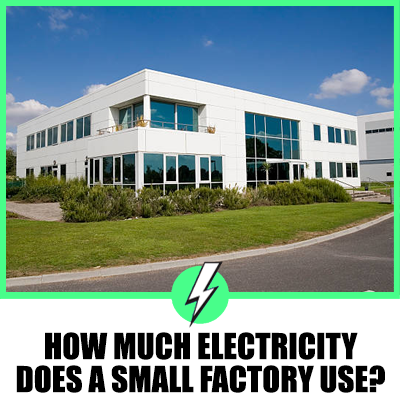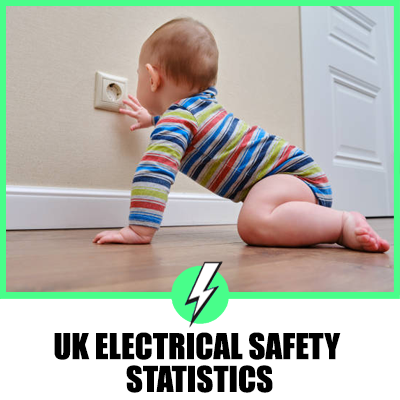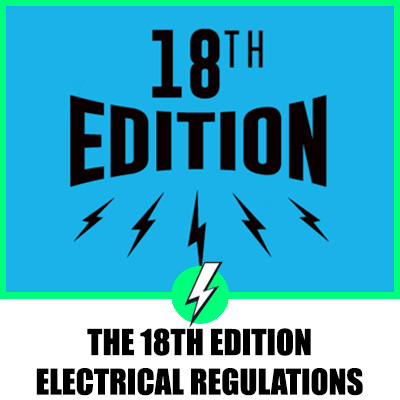How Much Electricity Does a Small Factory Use? A Comparative Analysis of the UK and US
Electricity is the lifeblood of modern industry.
It powers our machines, lights our facilities, and in many cases, is integral to the products we create.
But how much electricity does a small factory actually use?
This question is not as straightforward as it might seem, as the answer can vary dramatically depending on the type of factory, its location, and its operational efficiency.
This article aims to shed light on the power requirements of small factories, warehouses, and businesses, with a particular focus on the contexts of the United Kingdom and the United States.

Contents
How Much Power is Needed to Run a Factory?
The power needed to run a factory largely depends on the type of manufacturing processes involved.
For instance, industries that require a lot of heat, such as cement making, aluminium smelting, and steel production, are significant consumers of electricity.
These industries often locate near cheap electricity supplies, such as large hydro-electric schemes.
On the other hand, industries that heat large amounts of water and other related liquids for ‘cooking’ or stewing type processes, like paper making, also consume considerable electricity.
However, most other industries are relatively light users, primarily running motors for machines and lighting.
How Much Electricity Does a Small Warehouse Use?
The electricity usage of a small warehouse is typically less than that of a factory.
Warehouses primarily use electricity for lighting, operating machinery, and sometimes heating or cooling the space.
The exact amount will depend on the warehouse’s size, the machinery used, and the hours of operation.
How Much Electricity Does a Small Business Use?
In 2019, the average monthly energy consumption for commercial properties in the United States was 6,066 kilowatt-hours (kWh).
This figure includes a range of business sizes, so the average kWh usage for small businesses will be less.
The average for your business will vary based on several factors, such as the industry you’re in, the climate in which you’re located, and the type of equipment you use.
In the UK, the average small business electricity usage is slightly lower, with most small businesses using between 15,000 and 25,000 kWh per year.
This equates to approximately 41 to 68 kWh per day.
However, like in the US, this can vary significantly depending on the type of business and its operational hours.
How Many kWh Does a Small Business Use Per Day?
To calculate the daily kWh usage of a small business, you need to know the wattage of each device used in the business, the number of hours each device is used per day, and the kilowatt-hour (kWh) rate.
For example, a laptop that uses 50 watts for 8 hours a day and has an electricity rate of 11 cents per kilowatt-hour uses 0.4 kWh per day.
This translates to an energy cost of 4.4 cents per day, or about a dollar per month.
Insights from Online Discussions
Online discussions reveal that electricity consumption can vary dramatically depending on the type of factory and specialization.
For example, a duralumin factory with 12,000 equipment uses 233,695 MWh of electricity, which is 19.5 MWh per piece of equipment.
In contrast, a yacht factory with 65,000 equipment uses only 7,414 MWh, or 0.1 MWh per piece of equipment.
This shows that the type of manufacturing process significantly impacts the amount of electricity used.
Energy Efficiency and Cost Management
Understanding the electricity consumption of a small factory, warehouse, or business is crucial for efficient operation and cost management.
While the exact figures can vary greatly depending on various factors, being aware of these factors can help businesses make informed decisions about energy usage and efficiency.
In both the UK and the US, there are numerous initiatives aimed at helping businesses reduce their energy consumption and improve their efficiency.
These include grants for energy-efficient equipment, advice and support services, and schemes that reward businesses for reducing their carbon footprint.
By taking advantage of these initiatives, businesses can not only reduce their energy costs but also contribute to the fight against climate change.
Conclusion
Whether in the UK or the US, understanding and managing electricity consumption is a crucial aspect of running a small factory, warehouse, or business.
With the right knowledge and strategies, businesses can significantly reduce their energy costs, improve their operational efficiency, and contribute to a more sustainable future.





